All You Need To Know About Bike Geometry
Your one stop guide to bike geometry, what that chart means, the different areas that affect bike geometry and why it is important for your cycling.
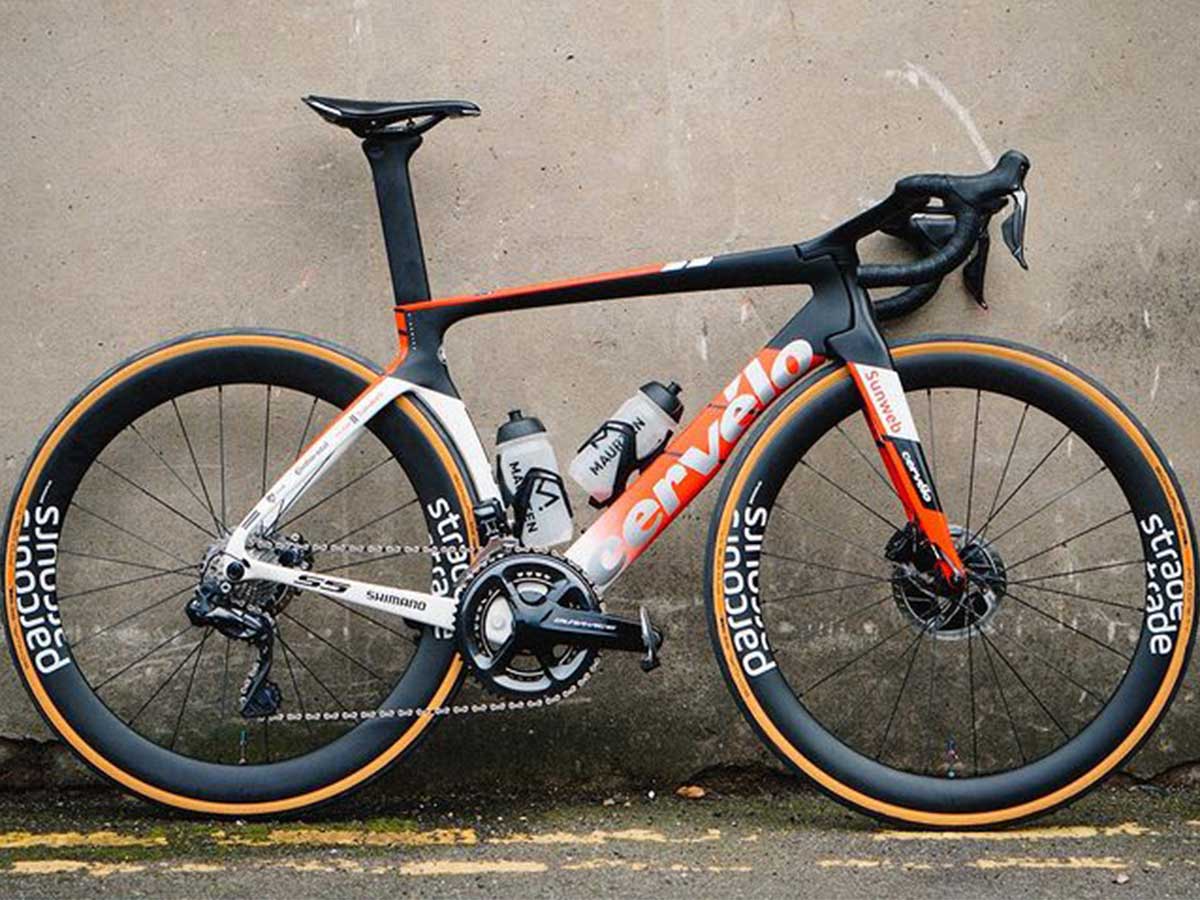
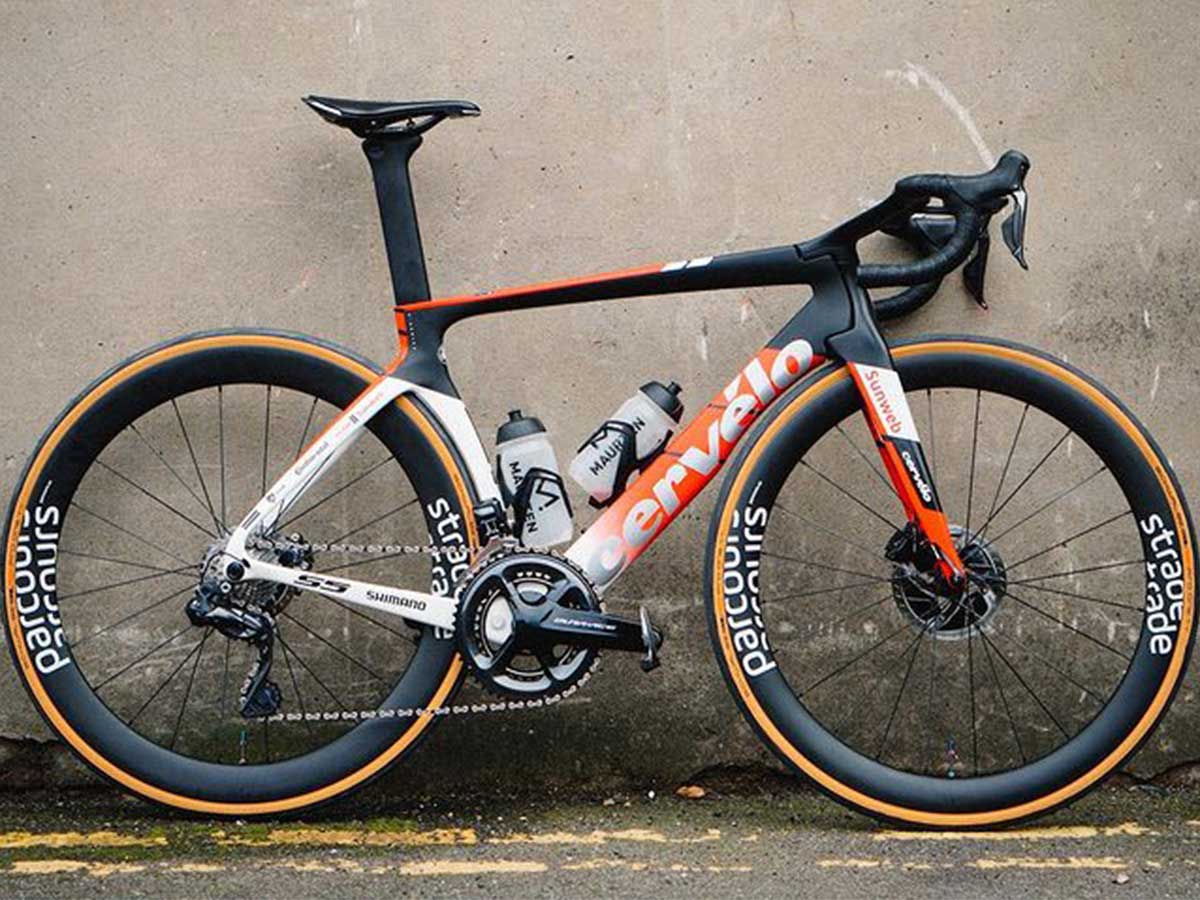
Bike geometry, an element of bike setup that we all know is important but something only a handful of us can honestly say we fully understand. Generally speaking, a race geometry is more aggressive and ideal for competition, whereas an endurance geometry is more relaxed and suited for long rides and touring. But there is so much more to it than that, including those pesky charts that come with any new bike.
The intricacies of bike geometry are tricky to get your head around because manufacturers all favour different measurements in their charts, so there is no standardisation. One thing that is consistent though is the puzzling jargon that is used in said charts so we’re going to take a look at these different areas and see how they affect your ride. Although initially confusing, an understanding of what you’re looking at plus a professional bike fit is arguably the quickest way to become a better, faster cyclist.
Recently got a bike that fits like a glove? Check out our dedicated road bike insurance to protect you and your bike on the road.
Size
A good place to start would be something most riders have an understanding of and that’s frame size. Ordinarily, this is the measurement in centimetres of a bike’s seat tube. So, when bikes are described as 54cm or 56cm, or small, medium and large, this is what’s being referred to. However, it isn’t universal and the lengths mean different things to different manufacturers, which is why all the other factors below are taken into consideration during a proper bike fit.
Saddle height
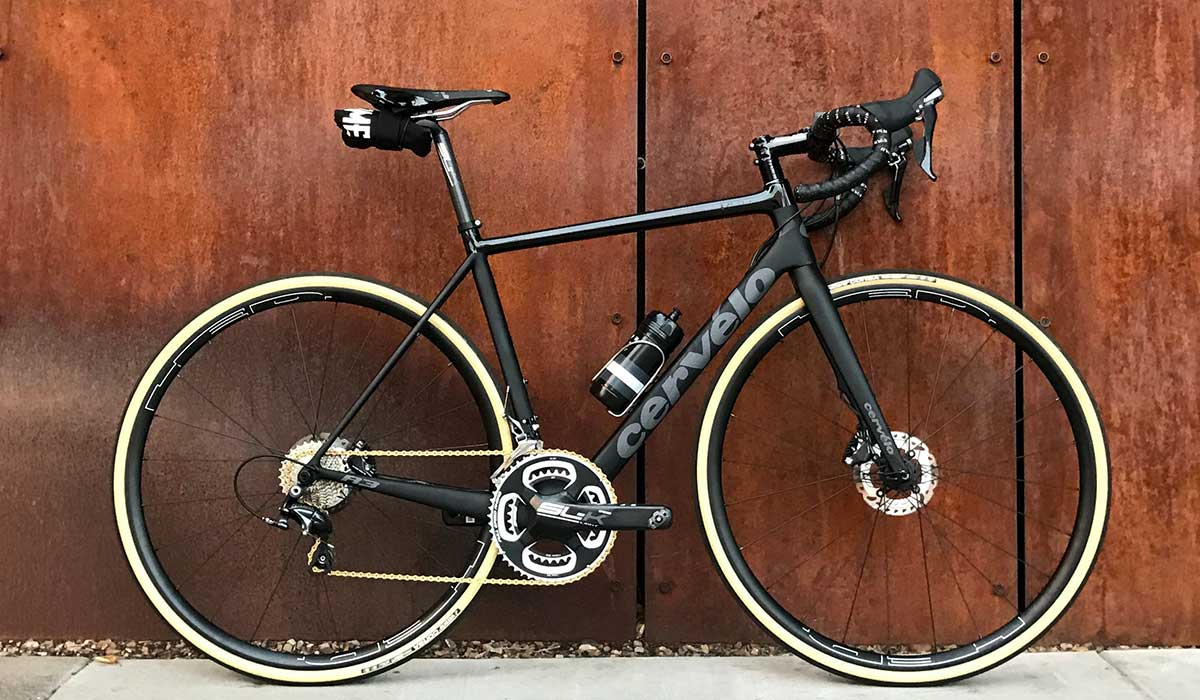
Adjusting your saddle height is one of the first and biggest changes you can make to your fit. Saddle height can be thought of as the answer to all our problems, but every element of bike geometry works in unison so if you change one thing you will likely need to redial all the other factors as well. Just changing your saddle height could even result in long term injuries.
Bar height
Bar height is the vertical measurement from the floor to your handlebars. A lower bar puts a rider into a more aggressive, aero, race ready position, whereas a higher bar allows a rider to distribute their weight more freely to the back of the bike, reducing fatigue.
Seat tube
The angle and length of a seat tube (also affected by saddle height) can vastly change how it feels to ride your bike by engaging different muscle groups. To change the angle, you simply adjust where your saddle sits on the bike via its runners.
Head tube
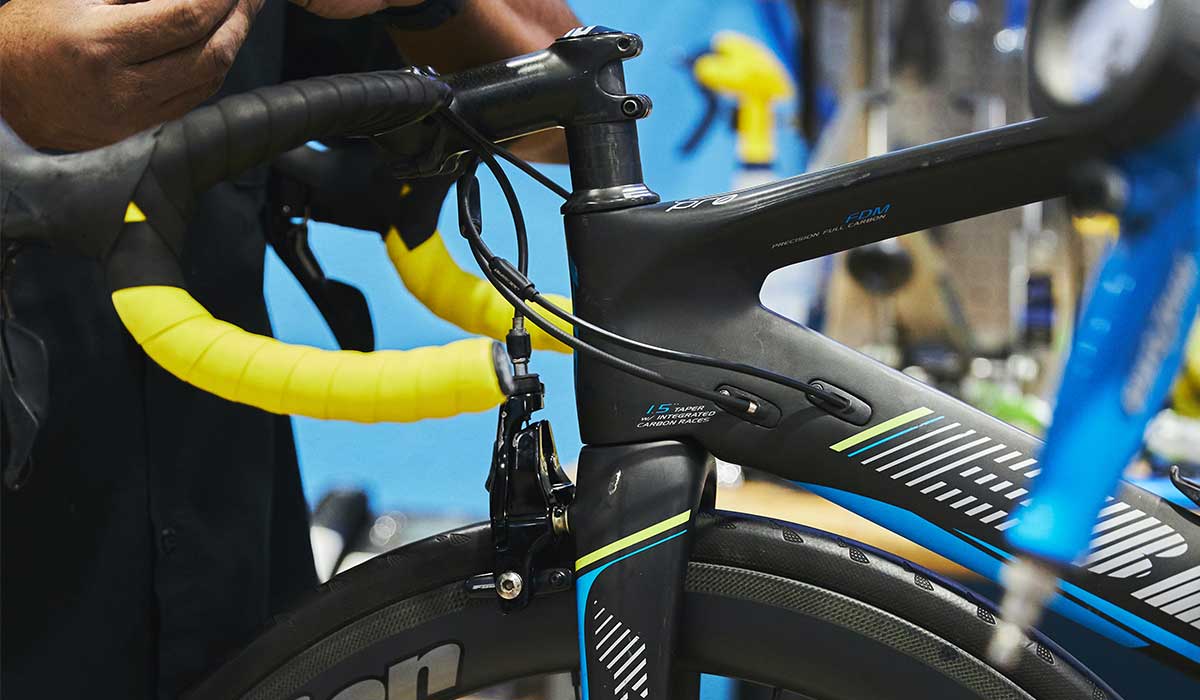
This is something that you can’t change once you’ve bought a bike and is usually wrapped up in the frame size, but it’s definitely worth being aware of. Head tube lengths and angles can make a huge difference, a longer or shorter tube making a rider’s position more upright or aero respectively. A change of angle will then work much the same way as how trail affects a bike, but we will come on to that.
Stem length
The last of the more obvious measurements is stem length. Changing a stem is a relatively easy and small change but it can have a big impact. A shorter stem length makes handling a little twitchier whereas a longer stem results in slower movement and a higher input on descents, while stretching the rider into a lower position on the bike.
Stack
Now onto the more confusing stuff. Stack is a fundamental of bike geometry and is the vertical distance from the centre of the bottom bracket to the top of the head tube. Where the bars sit rely on what the stack measurement of the bike is. Off-road gravel bikes and cyclocross bikes will typically have a higher stack measurement than a more aero road bike, providing greater stability and control.
Reach
Reach is measured between the same two points as stack, only this time horizontally. Bike reach is all about where the bottom bracket is in relation to the head tube and determines how long a frame is. Triathlon bikes and aero road bikes have a long reach to get the rider into a better race-ready position. Reach and stack are unique to every bike and so are very important measurements when it comes to comparing brands and sizes.
Fork rake
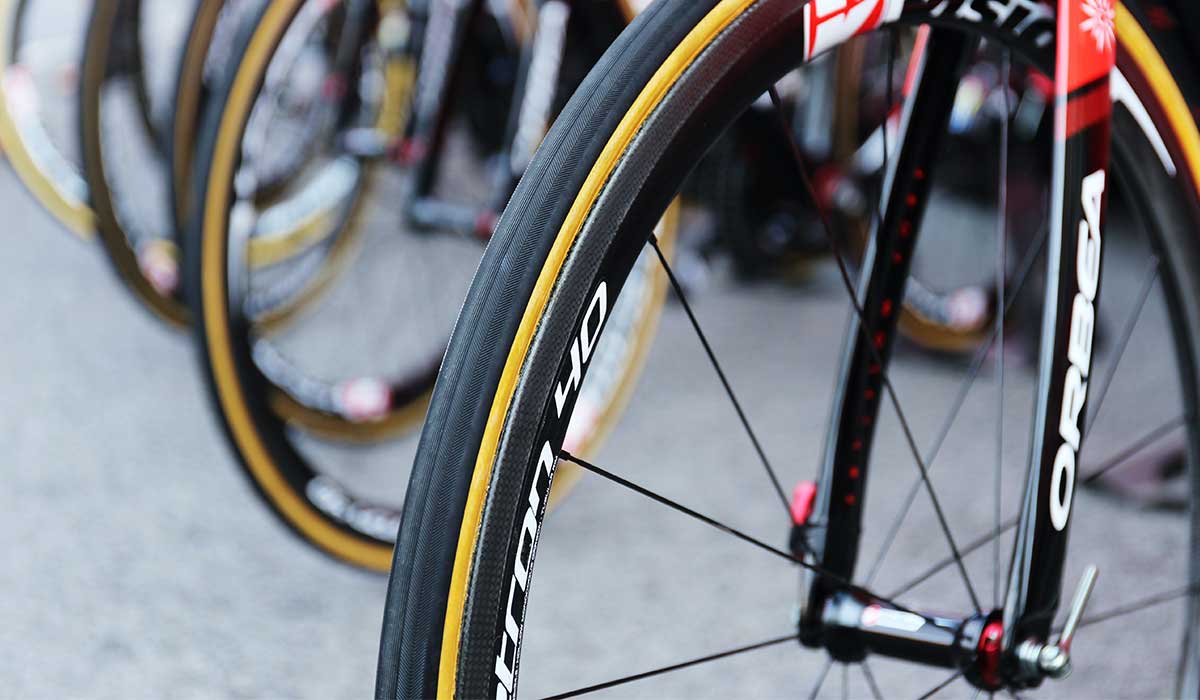
Fork rake is the area difference between an imaginary line running on the angle of the fork to the ground and a vertical line from the ground through that same point. Increasing this area makes handling feel faster while decreasing the rake will make it feel slower.
Trail
Trail refers to how far in front of the head angle the front axle is. A longer trail equals a more stable bike and is useful for cyclists who ride at high speeds who are not concerned about low-speed manoeuvrability. On the other hand, a short trail will make a bike that is very stable at low speed but twitchy when going fast, so they are used mainly by commuters. Most bikes have a pretty neutral trail.
Effective top tube
This is a tricky measurement taken between the point where the top tube meets the head tube to the seat tube. The length lets a bike fitter understand how stretched out the ride will feel. This is a particularly useful measurement on MTBs or step-through frames where the physical top tube is shaped differently and isn’t the actual length of the bike’s reach.
Chainstay length and wheelbase
These two measurements work in unison. Chainstay length is the distance from the bottom bracket to the rear dropouts, and wheelbase is the measurement between the front and rear axles. The chainstay length dictates the length of the wheelbase. Generally speaking, a long chainstay and wheelbase result in a more stable bike that’s slower to turn whereas a shorter measurement makes a nimble and fast feeling bike with sharper handling. Even when comparing the exact same two bikes, if these measurements are not the same the setups will feel very different to ride.
Bottom Bracket height

Another imaginary line, bottom bracket height is a measurement from the centre of the bottom bracket to the ground. A cyclocross bike will have a higher bottom bracket – clearance – to a road bike, as the extra space is needed to avoid obstacles and rough terrain.
Bottom Bracket drop
Arguably the most confusing imaginary line of the lot, this is the vertical distance from the centre of the bottom bracket to an imaginary line between the front and rear dropouts. If you are able to understand how trail affects the feeling at the front of the bike, bottom bracket drop does the same at the rear. A large bottom bracket drop means a lower centre of mass and makes a bike that corners effectively, whereas a smaller drop will be more stable at low speeds and less twitchy when riding in a straight line.
There is far more to say on the subject but it’s best to leave the intricacies to the professionals. Now you have a basic understanding of geometry you can begin to realise how different measurements on your bike will affect your cycling and to what degree. It’s best to leave these adjustments to your local bike fit expert though, so if you’re at all concerned with how your setup or position feels, a full fit from one of these wizards can completely change your ride.

